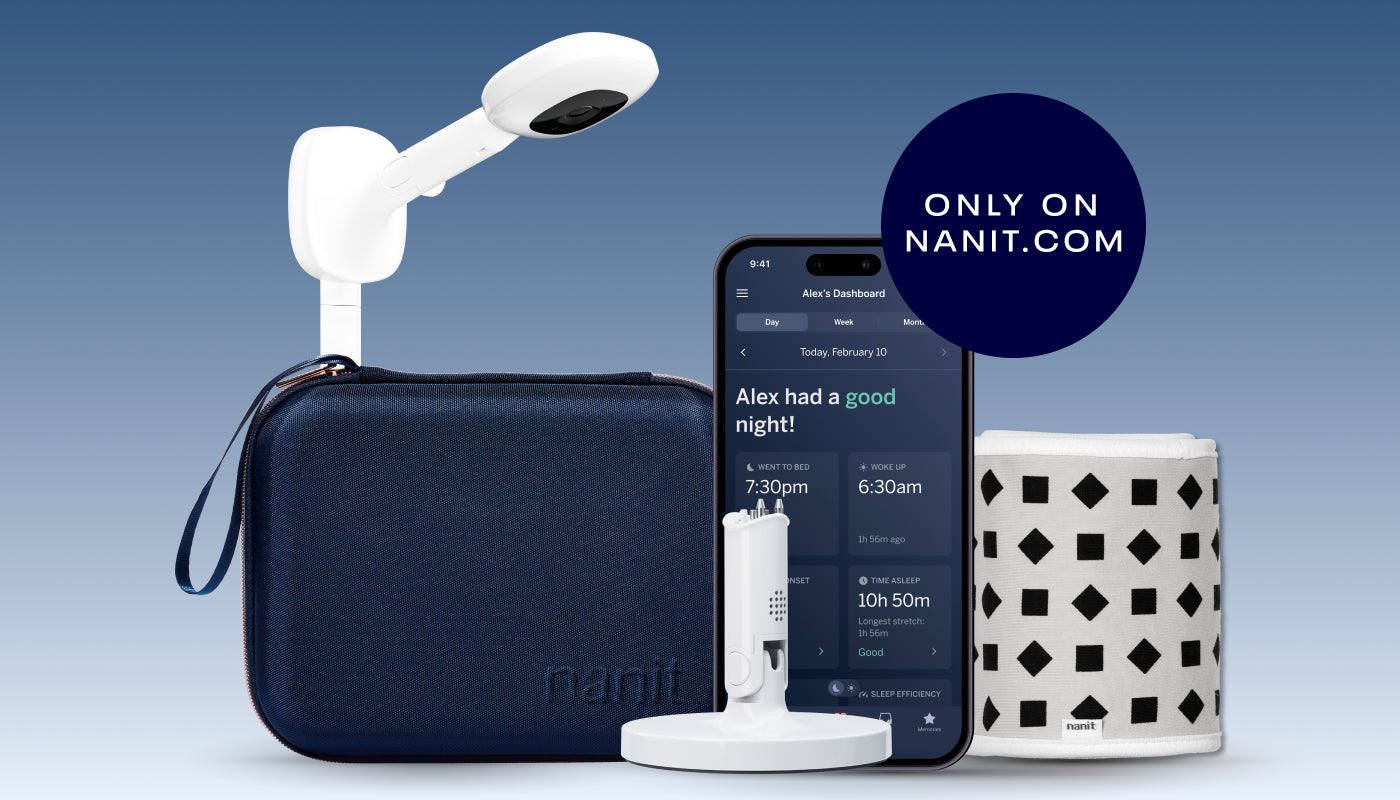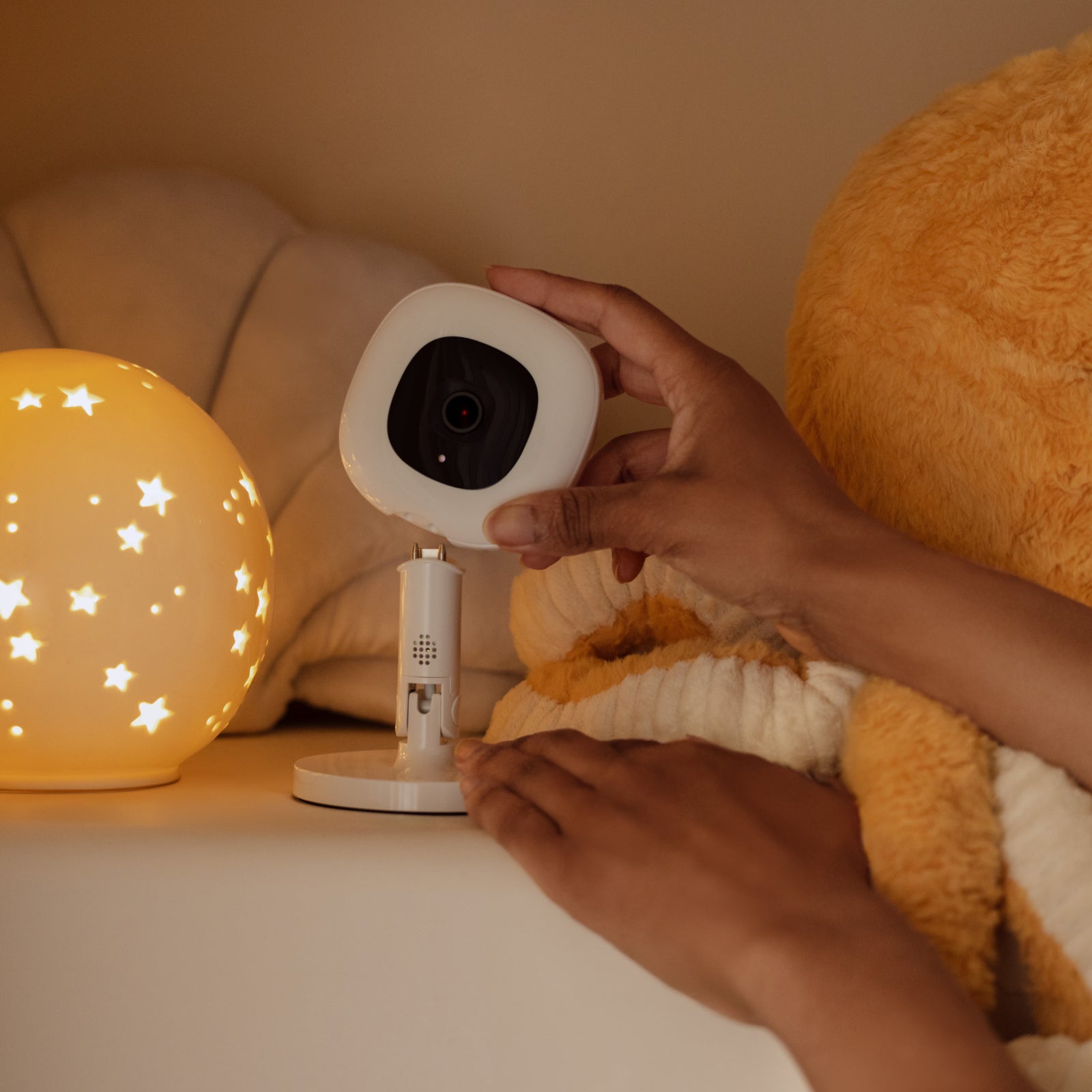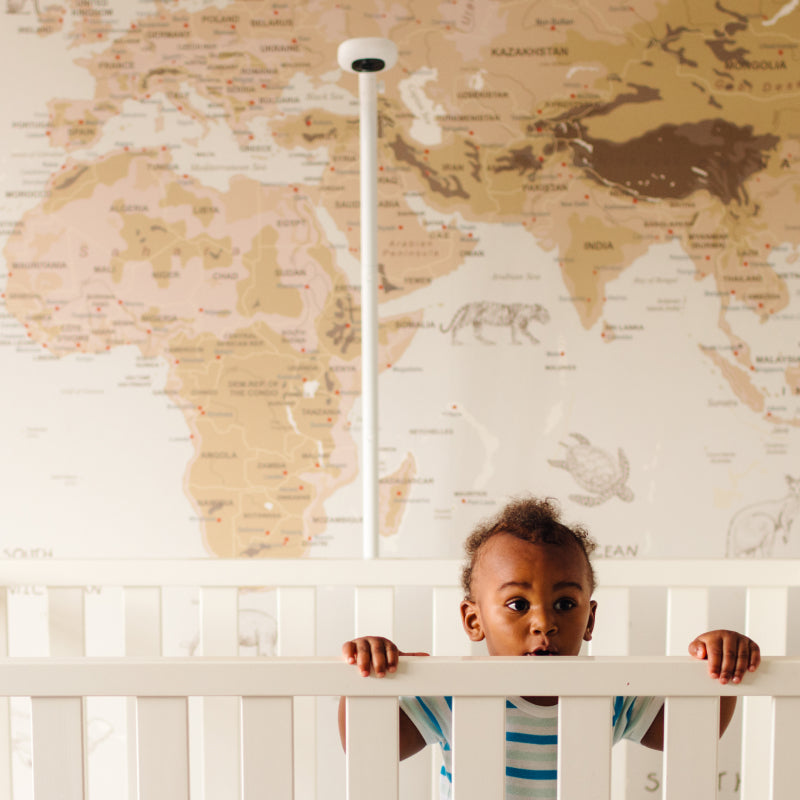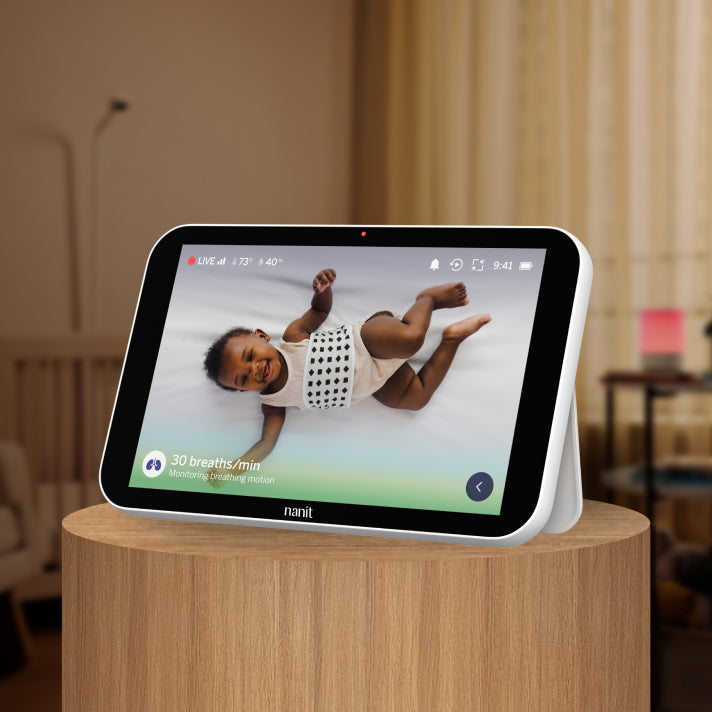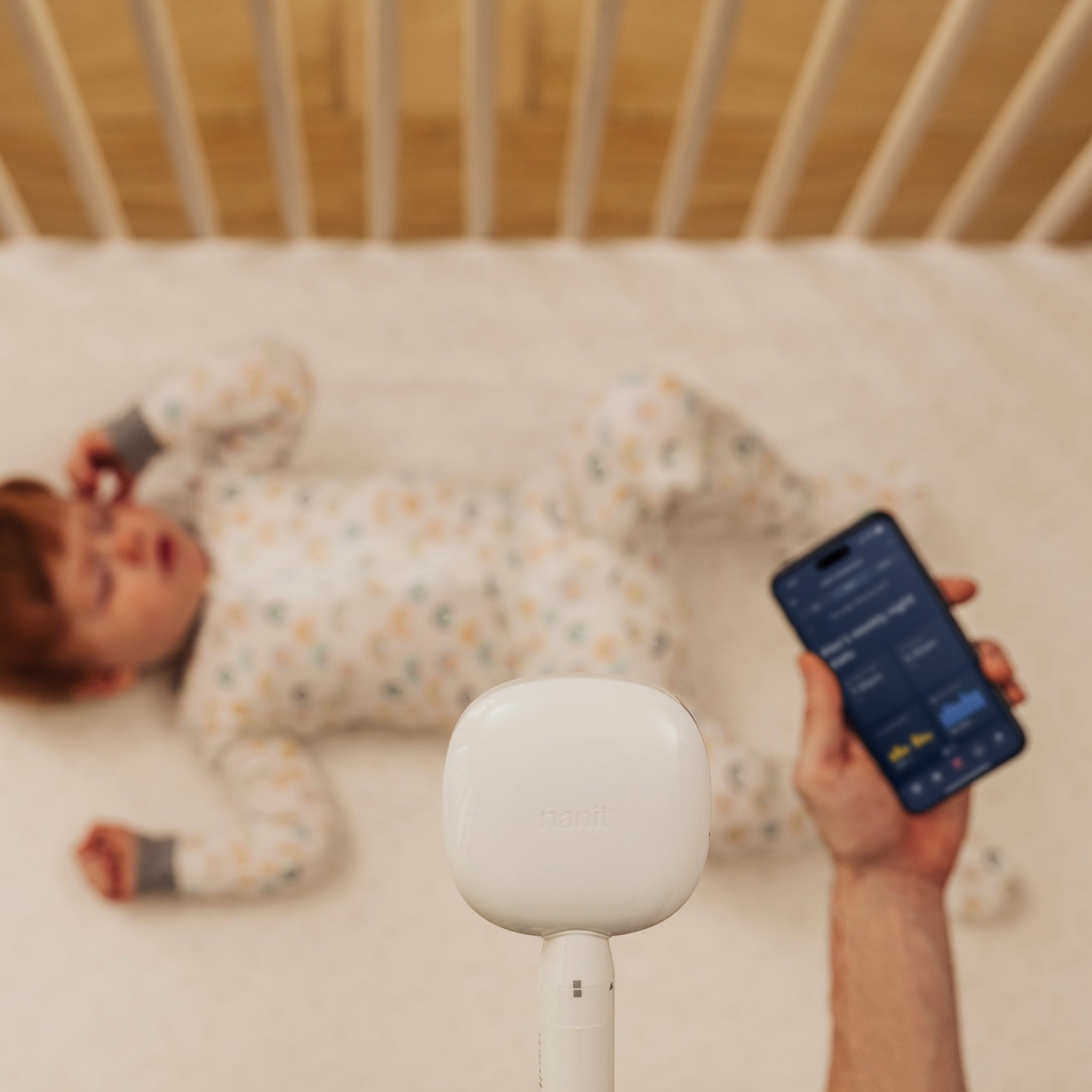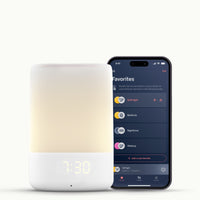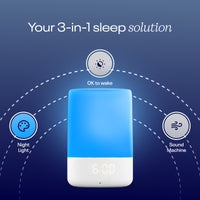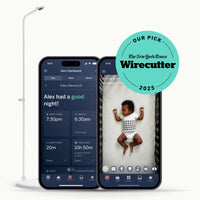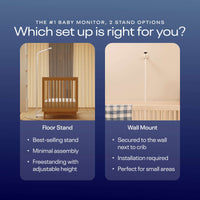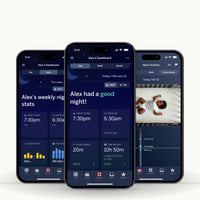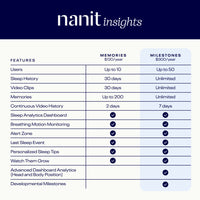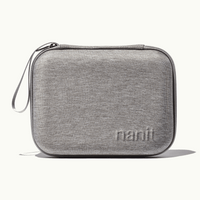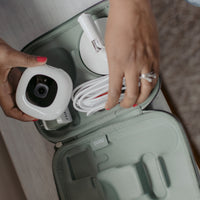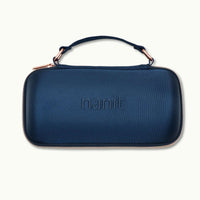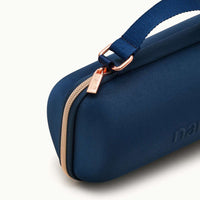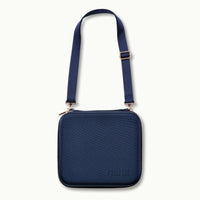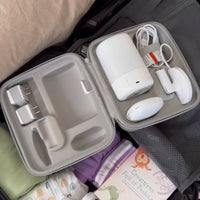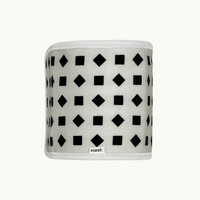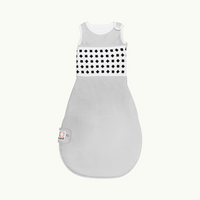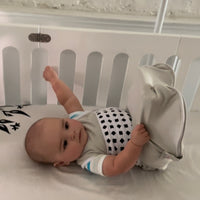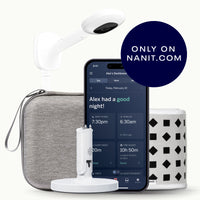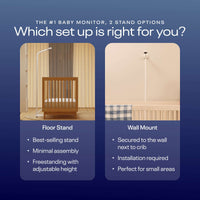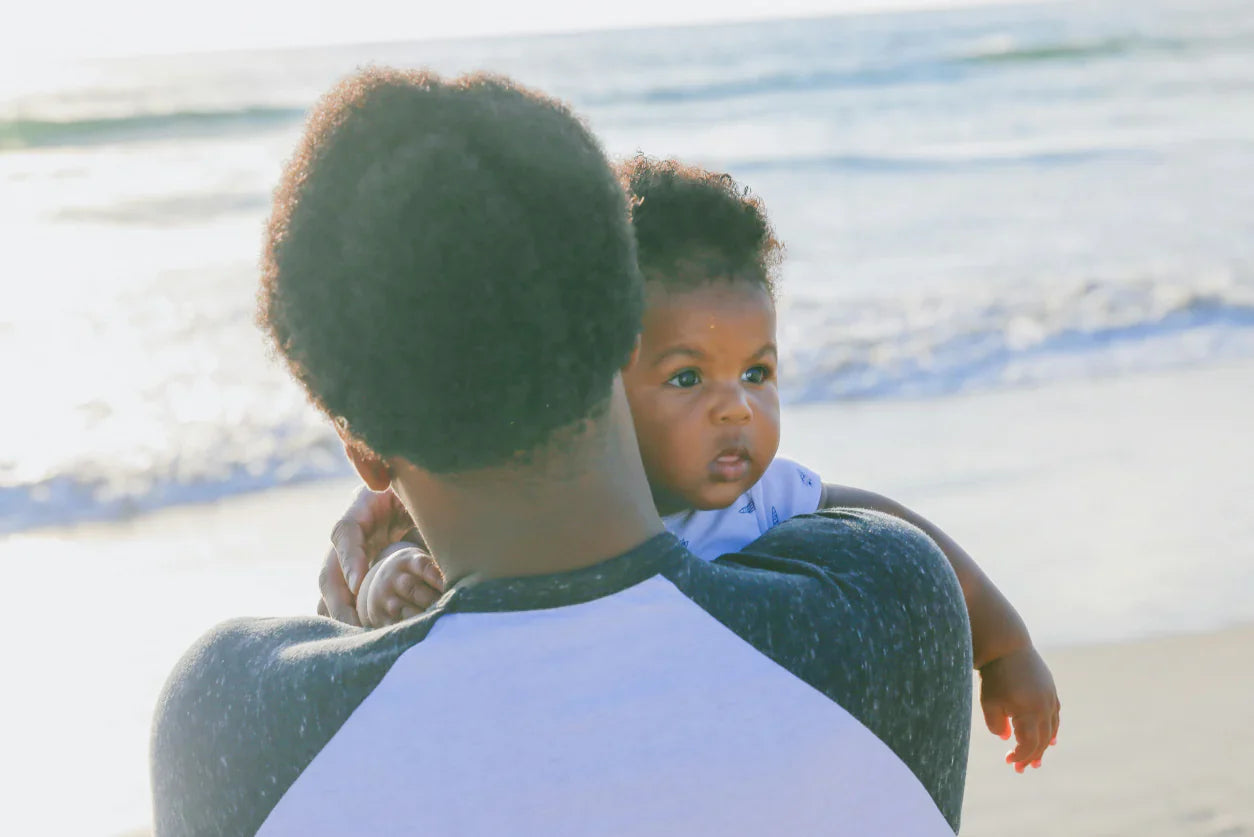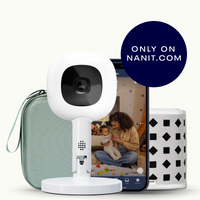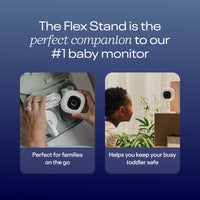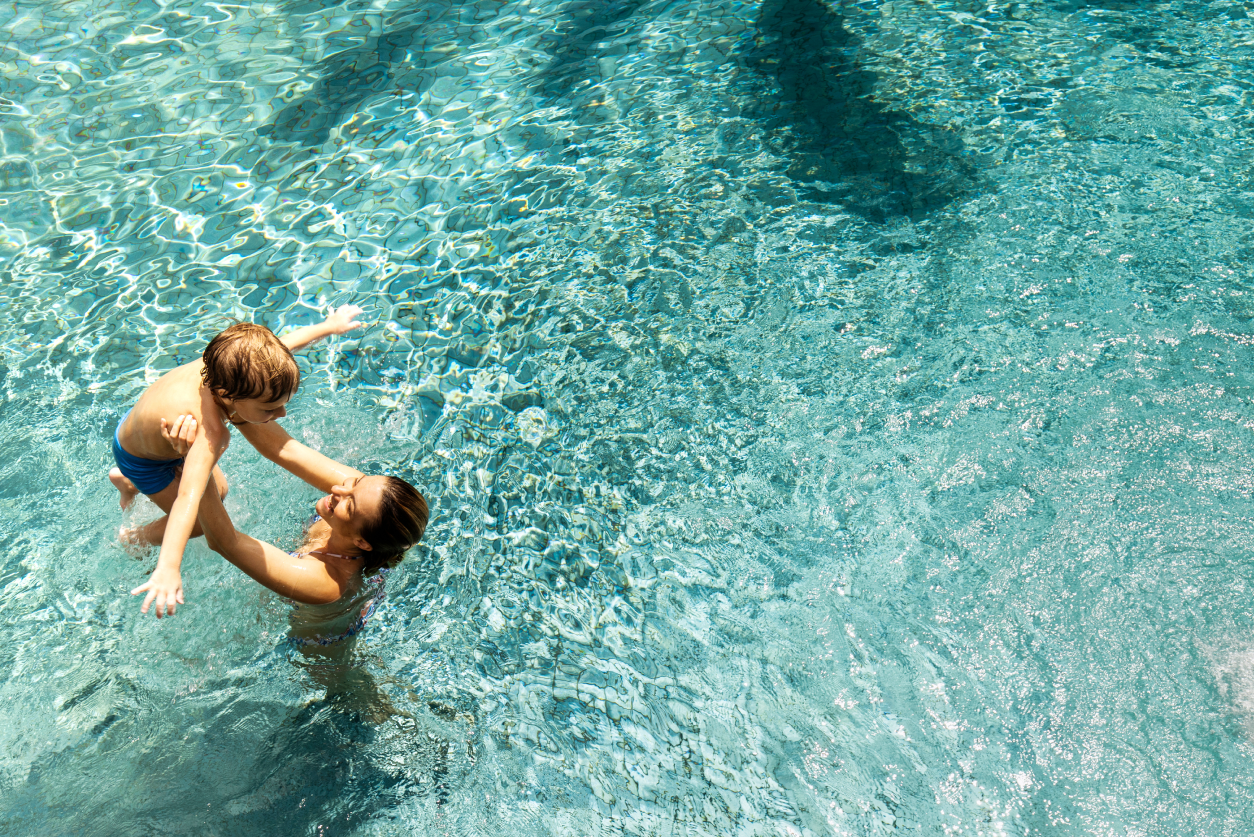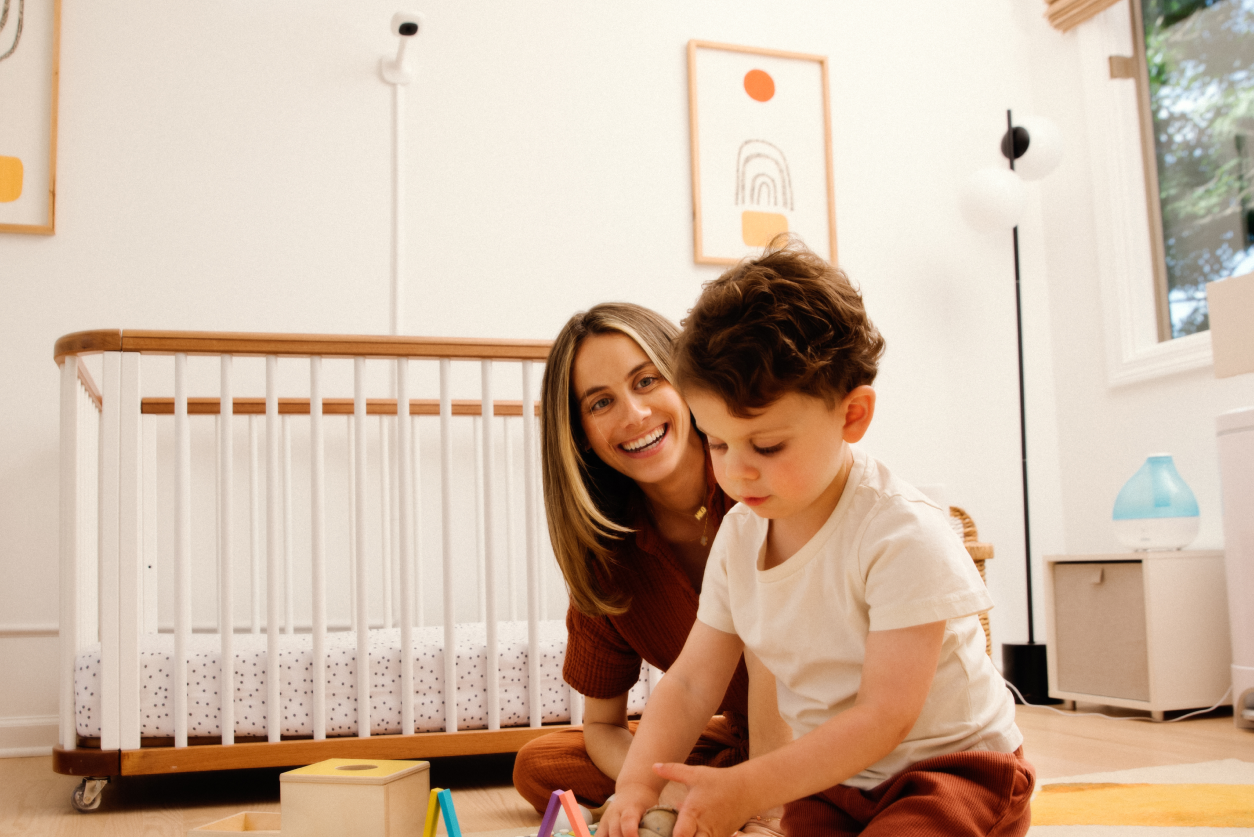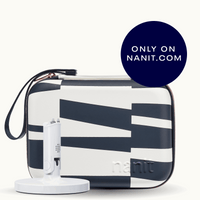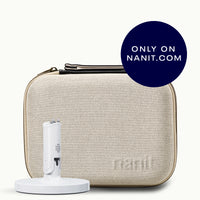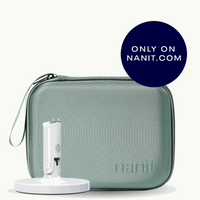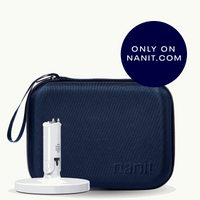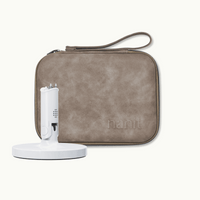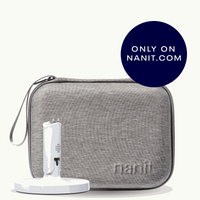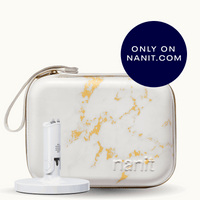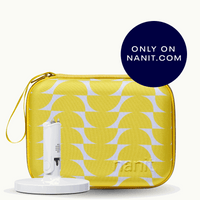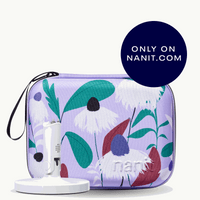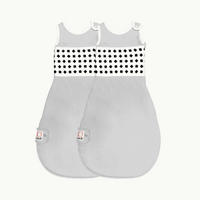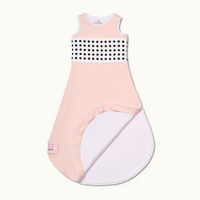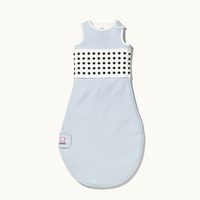Sandcastles, seashells, and splashing in the surf: infants and the beach can be a very fun pairing.
But a little advance preparation and some helpful safety tips will make your baby beach day as enjoyable as possible.
Read on for all the essential answers as to when can a baby go to the beach, how to prepare for a day in the surf and sand, and what tips and tricks to follow to make sure your baby is safe in the sun.
Preparing for a beach day with your infant
Summer is in full swing and when you have a little one, it’s hard to know when it’s safe to take your baby to the beach. Splashing in the waves and wiggling toes in the sand has no age limit, but it's important to be prepared if you want to make the most of your beach day. So before you load up your towels and tote,, let's explore two key questions.
When can you take a baby to the beach?
Maximizing your baby’s beach day looks different based on their developmental stage:
- Newborns. Babies 0 to 2 months old won’t be able to splash and play too much. So, a beach day with your newborn might look more like a leisurely walk with your baby strapped safely to your chest or an hour on a towel in the sand, taking advantage of that fresh ocean air.
- Infants. Babies 3 to 6 months old will start to interact more with their environment, and a beach day might pique their curiosity! With your help, your baby can dip their toes in the ocean and play with beach toys on their blanket.
What to pack for the perfect beach day
When you’re headed for the beach, you’ll want all the baby essentials on hand and accessible. So start with a beach bag big enough to fit everything. Then add:
- Sun hat and baby sunglasses with UV/UB protection
- Beach tent and beach umbrella
- Beach blanket or beach mat
- Baby-safe sunscreen
- Extra swim diapers
- Shovel, pail, and sand sifter
Safety tips for infants at the beach
Sunburns and sleep-deprived babies can spoil a beach day faster than you can say snow cone. Follow a few simple tips to make your beach trip safe and fun for your big and little crew.
Dress your infant in protective clothing
Sunscreen isn’t typically recommended for babies younger than 6 months. Instead, dress your child in clothing that provides full coverage like a lightweight long-sleeve shirt and pants.
Sun hats are cute and smart; a wide-brim hat can protect your baby's face and neck from too much sun exposure. If adequate clothing isn’t available, or if your baby is older than 6 months, be sure to choose baby-safe sunscreen that’s lightweight and doesn’t irritate their skin.
Pay attention to the time of day
The hottest parts of the day are typically between 11 a.m. and 3 p.m., so if you can, plan your trip for earlier morning or later afternoon.
Seek shade (or create it!)
Newborns and babies younger than 6 months old should be kept out of direct sunlight whenever possible. So if you can, find a shady spot, like under a tree. Alternatively, create your own shade with an umbrella, a canopy, or a pop-up tent. If you opt for a beach tent, make sure it’s well-ventilated.
Keep your infant hydrated
If you’re nursing a newborn, consider increasing the amount of regular feedings to ensure your baby stays hydrated. Babies who are weaned can sip a modest amount of water throughout the day. An insulated sippy cup can help keep water cool.
Don’t skip a nap
The day will be more fun for everyone if you can stick to your baby’s normal naptime schedule. Get in their nap before hitting the surf and sand. Or pack lightweight sleepwear in your beach bag so your baby can nap at the beach ; set them up with a quiet, cozy spot in a corner of the beach tent out of the sun.
Choosing infant-friendly beach destinations
Deciding where to spend the day is the best part of planning a beach outing. Look for infant-friendly resorts or toddler-friendly resorts with amenities such as beaches with natural shade, calm waters, and facilities like changing stations.
ResortPass allows you and your family access to hotels with all the necessities and comfortable amenities your family needs. The best part? You can book just for the day, no overnight stay is required.
Bring Nanit along
Summer wouldn’t be summer without trips to the beach. And with little ones along for the fun, it’s important for everyone to recharge with good sleep. At Nanit, we understand the value of every wink for both baby and parent. That’s why our collection of baby monitoring tools is driven by science and designed with you and your baby in mind. Features like wide-angle lenses keep careful track of your little one while you both rest up after a day in the sun.
With Nanit, the perfect beach getaway starts and ends with a good night’s sleep.
